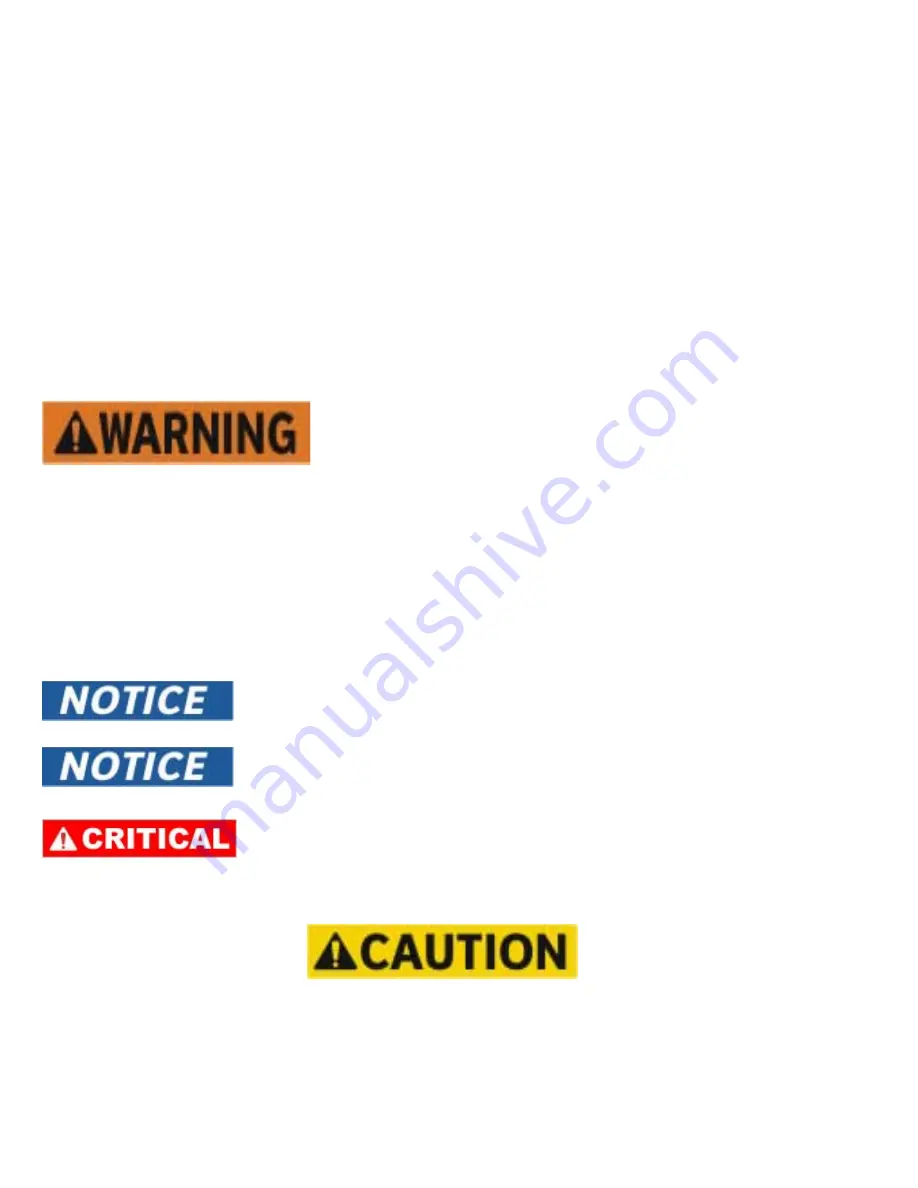
D)
ADVANCED LEAK DETECTION
PROCEDURE
A Bravo Systems Exclusive detection method
D.1 -
Clear debris from the top open area of the DoubleWall Product and ensure that the
interior walls are clean of debris and visible.
D.2 -
Apply Vacuum to the sealed interstitial space with the Venturi Vacuum Assembly, and
generate 20”-30” of vacuum for a
MINIMUM
of Five [ 5 ] Minutes.
D.3 -
As stated in your Instructions, the liquid level is deliberately not filled to the very top
of the interstitial space. This pocket of air is necessary to visually check the topmost level of
liquid all the way around the Sump for indication of a leak.
D.4 -
Visually inspect the interior walls for signs of trailing (very small) bubbles floating to
the top of the liquid level within the interstitial space.
These air bubbles are visible within the vertical and horizontal
channels of the walls. For Tank Sumps look below the reducer.
On the top hat reducer of a Tank Sump, any bubbles will burp
consistently.
PAY CLOSE AND SPECIAL ATTENTION TO FIELD-INSTALLED
PENETRATION FITTINGS and FRP JOINTS ON TANK SUMPS.
THESE ARE COMMON LEAK POINTS.
CHECK WITH YOUR EQUIPMENT MANUFACTURERS
INSTALLATION MANUALS FOR INSTALLATION
GUIDELINES AND/OR EQUIPMENT LIMITS REGARDING
VACUUM AND PRESSURE LEVELS.
Even though Bravo DoubleWall product corners and edges are thicker than the rest of the
Containment sump, These areas recieve the most supceptable to physical damage by Installing
Contractors. You would do well to be extremely careful with these DoubleWall products while storing,
moving, transporting and Installing these critical environmental components.
9
ii-B409-DW-10A






























